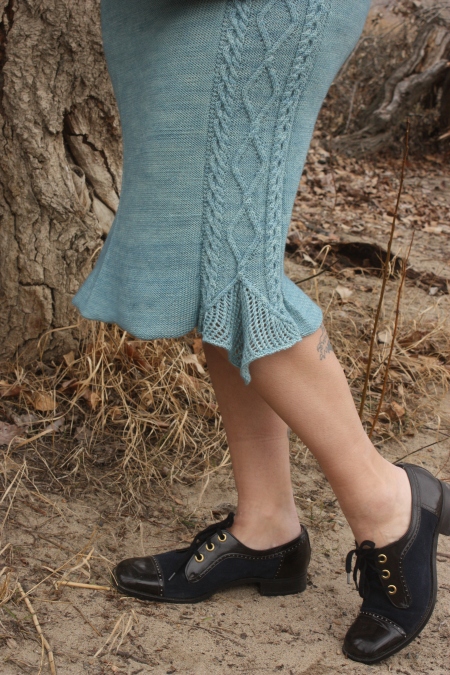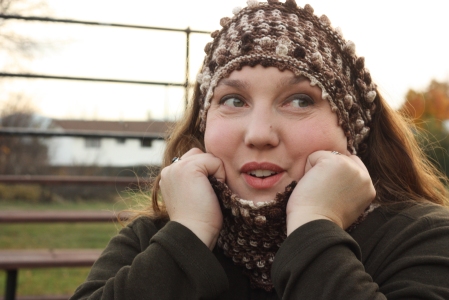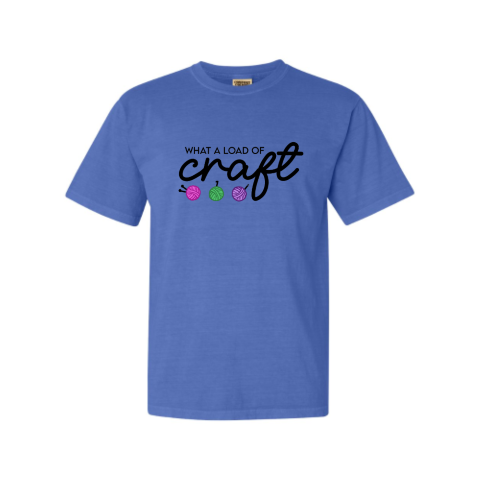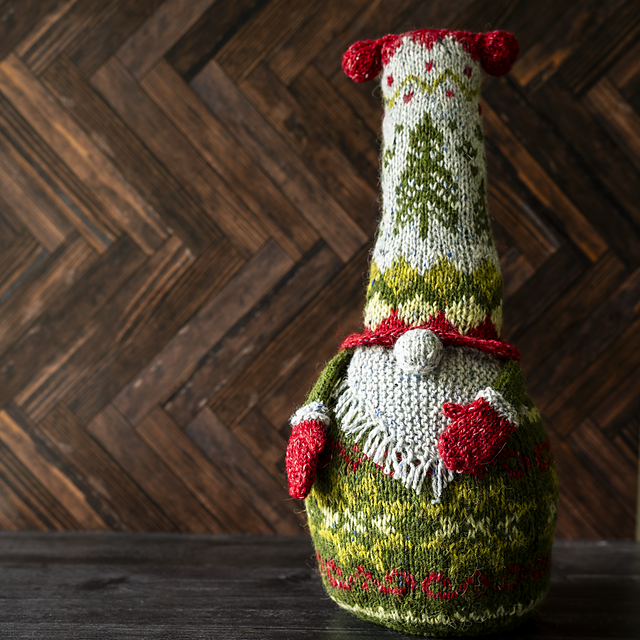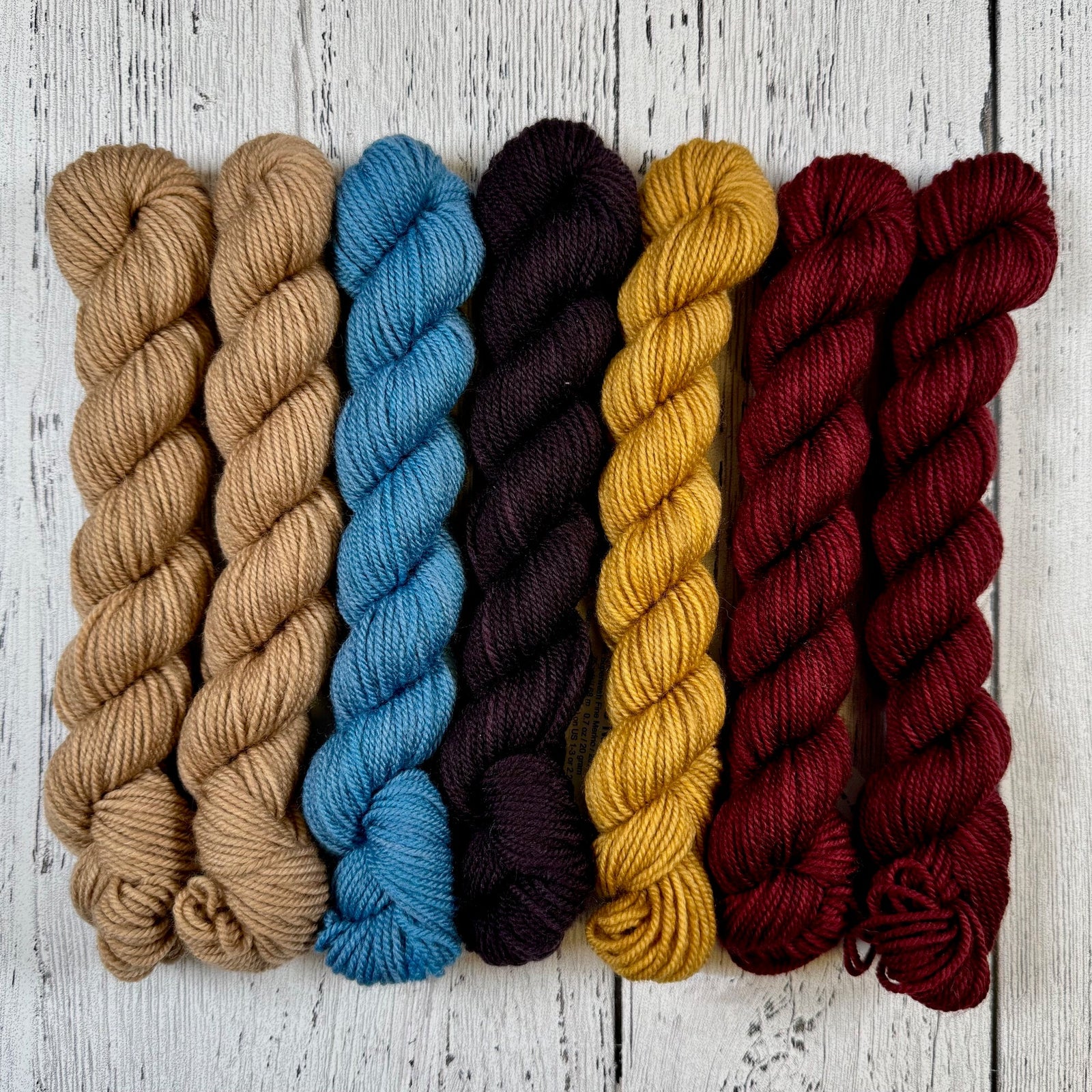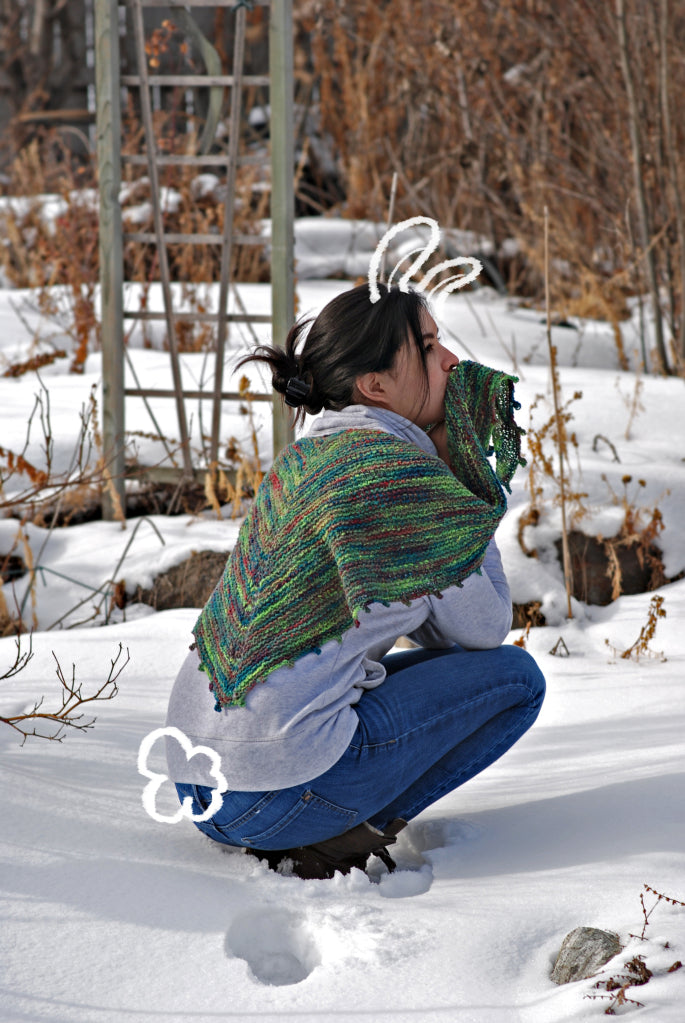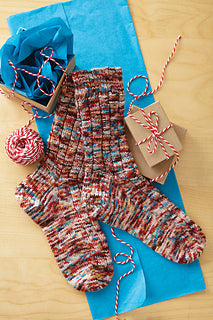One of the questions I see posted quite often on knitting forums… “The pattern is talking about“Ease” What does this mean?”The writers go on to question negative vs positive ease, the amount of ease, why there is so much ease, etc etc.
Ease in a pattern refers to the fit of a garment, ie. how much larger or smaller it is than the actual body measurements.
Negative Ease means the garment is smaller than the body measurement. Positive is larger than the body measurement. If you are like me, you might have trouble remembering which is which. Or I might be the only person in the entire world who has this problem! My Mom suggested I think of it this way (back when I was about 16 years old and gravity hadn’t attacked my figure yet).“If your Dad is going to like how a sweater fits, he’s positive about it. So it’s going to be big and baggy. If your Dad is going to make you go change out of the sweater, that means he’s negative about because it emphasizes your attributes a wee tad too much because it’s too tight. Positive and Negative.” I’ve never gotten them mixed up since.
Let’s talk about Positive Ease a little. It’s likely most of the sweaters and jackets you’ve worn have had positive ease so it’s easier to move (and your Dad is happy). But why is the amount of positive ease in a fingering weight sweater recommended to be around 2 inches, and in a super bulky, it’s 6 inches?
Think about a pipe with thin walls. The circumference of the inside of the pipe is not much different than the inside circumference. But if you have a pipe with very thick walls, the outside circumference is very much larger than the inside circumference! Your fingering sweater is like the thin walls, your super bulky is like the thick walls. So a 2 inch“positive ease”on a super bulky can, in fact, wind up looking like negative ease!
[You can check the math if you like. Take the diameter of the outside of the pipe, multiply by Pi (3.14). Now take the diameter of the inside of the pipe, and multiply that by Pi. Take a look at the difference!]
Where do you need negative ease if you can’t see yourself in a snuggly fitting sweater? Two very common places are hats and socks. These fit much better and stay in place if they have to stretch a bit to go around the head or foot. Negative ease helps prevent your hat from sliding down over your eyes, and helps your socks from sliding down into shoes. 10% is a nice number to use. Not only is it a good amount, it makes for nice easy math! Skirts with lace or cables can be lovely worn with negative ease as it will showcase the pattern by stretching it out.
I hope this brief over view of Ease helps you pick your next pattern!
